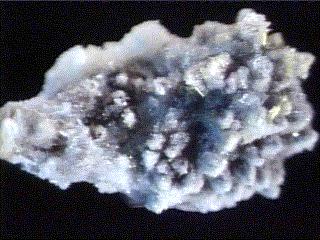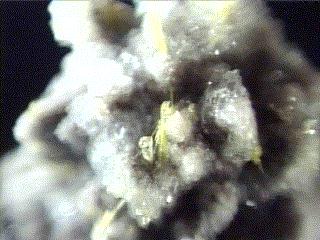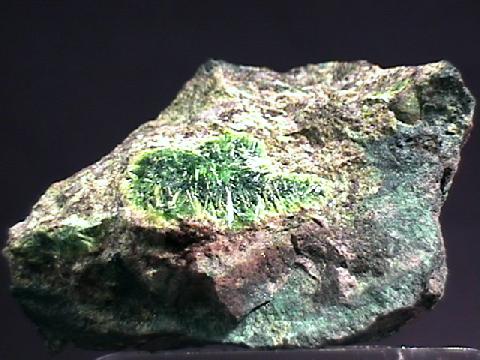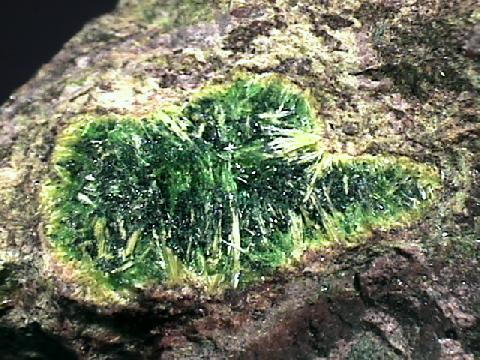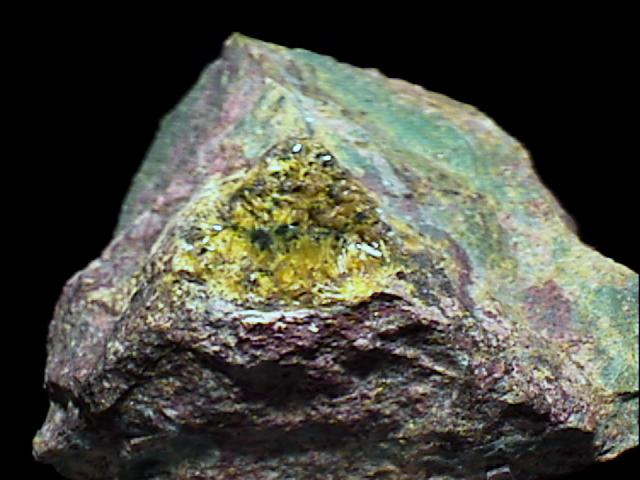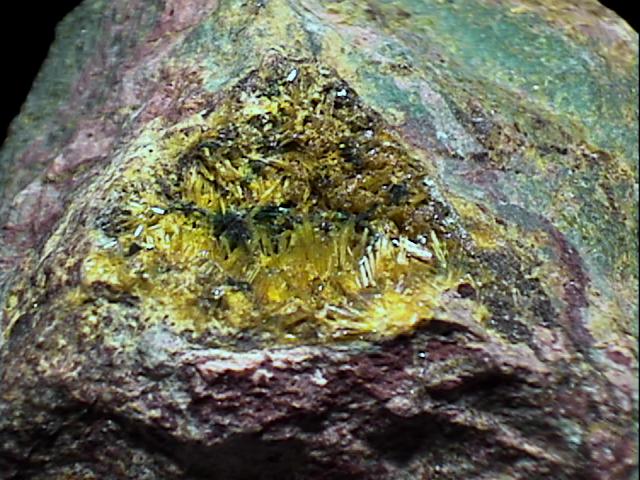 The Mineral SKLODOWSKITE
The Mineral SKLODOWSKITE
- Chemistry: Mg(UO2)2Si2O7
- 6H2O, Hydrated Magnesium Uranyl Silicate.
- Class: Silicates
- Subclass: Nesosilicates
- Uses: mineral specimen and very minor ore of uranium
- Specimens
Sklodowskite is a rare uranium mineral that forms from the oxidation of uranium-bearing minerals.
Found in good crystals only at one mine at the world famous copper and uranium locality of Shaba, Zaire, the Musonoi Mine produces some of the finest sklodowskite specimens.
The mineral is named for the famous chemist Marie Sklodowska Curie, who discovered the element Radium.
Its green-yellow to yellow velvety tufts are attractive and make for
an unusual mineral specimen.
Although less brilliantly colored than its cousins
cuprosklodowskite and
uranophane,
sklodowskite is still much sought after by rare mineral collectors.
Remember, this is a radioactive mineral and should be stored away from other minerals that are affected by radioactivity and human exposure should be limited.
PHYSICAL CHARACTERISTICS:
- Color is green-yellow to yellow.
- Luster is vitreous to silky.
- Transparency: Crystals are transparent to translucent.
- Crystal System: Monoclinic
- Crystal Habits are typically fibrous tufts and crusts.
Also acicular crystals in radial aggregates.
- Cleavage: perfect in one direction.
- Hardness is 2 - 3.
- Specific Gravity is approximately 3.5+ (above average
for translucent minerals)
- Streak is pale yellow.
- Associated Minerals are uraninite,
cuprosklodowskite and
Uranophane.
- Other Characteristics: Radioactive and fluorescent.
- Notable Occurrences include Musonoi Mine, Shaba, Zaire
and Crook Co., Wyoming, USA.
- Best Field Indicators are crystal habit, color, locality,
radioactivity and fluorescence.
 The Mineral SKLODOWSKITE
The Mineral SKLODOWSKITE
